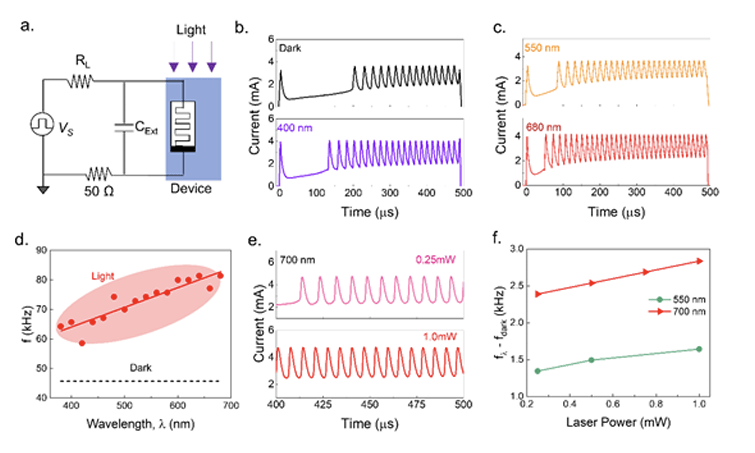Abstract:
Memristors and neuromorphic computing go together like spaghetti and meatballs. Their
promise of reaching brain-scale computational efficiency has significant implications for
accelerating cognitive workloads, so why haven’t we yet toppled NVIDIA from their throne?
While consultants might say it’s because of the lack of market inertia, and engineers might tell
you there are still technical hurdles to overcome. This talk will focus on the technical challenges
faced by circuit designers using memristors, specifically in the context of accelerating large-scale
deep learning workloads. These challenges are well-established, and treated as design
constraints in memristive circuits that presently exist. But overcoming those barriers remains an
open question. This talk provides a guide on how we might overcome their challenges using
systems-level approaches, and how spike-based computing could potentially be the right
problem for memristive computing, ultimately pushing past what have historically been
perceived as limitations.





